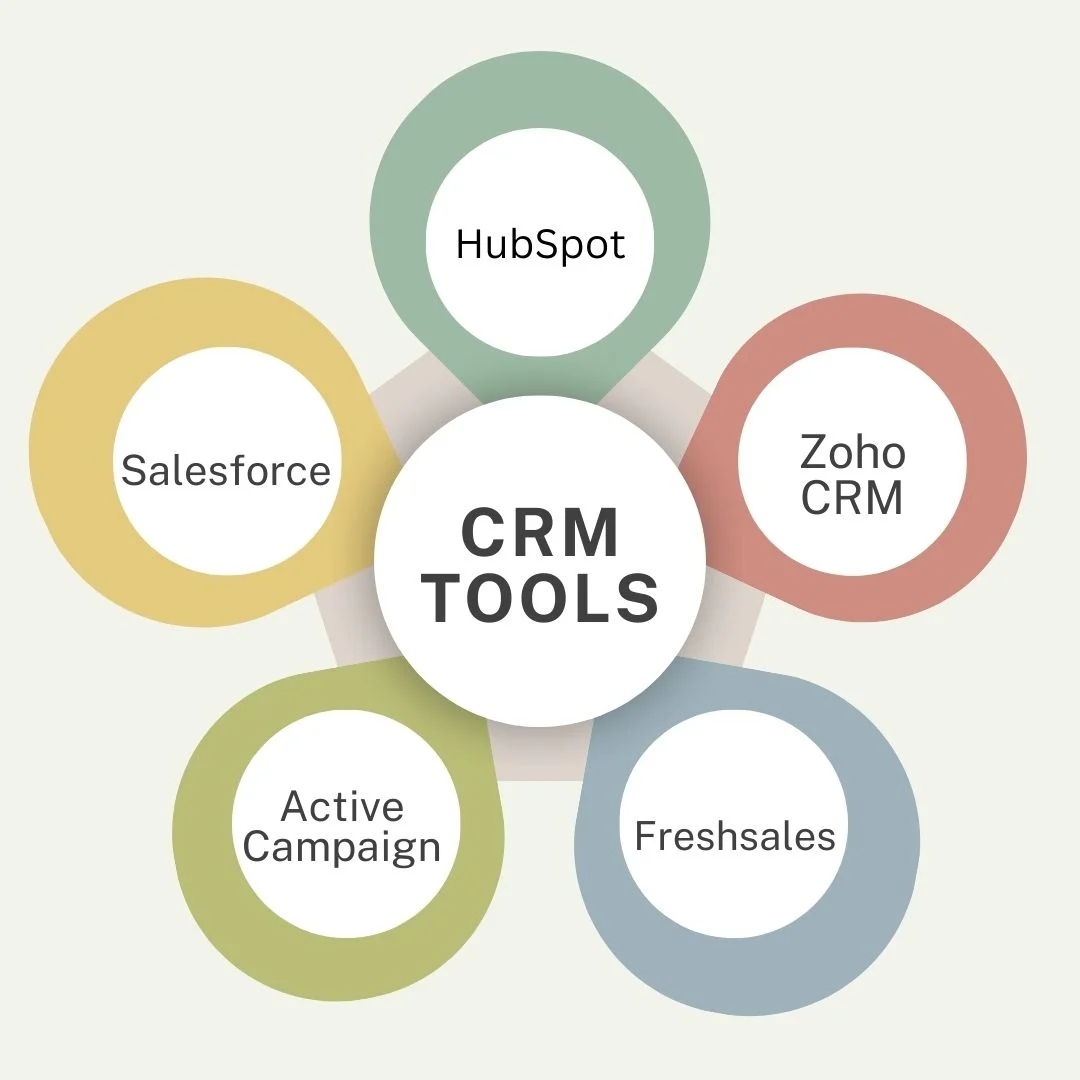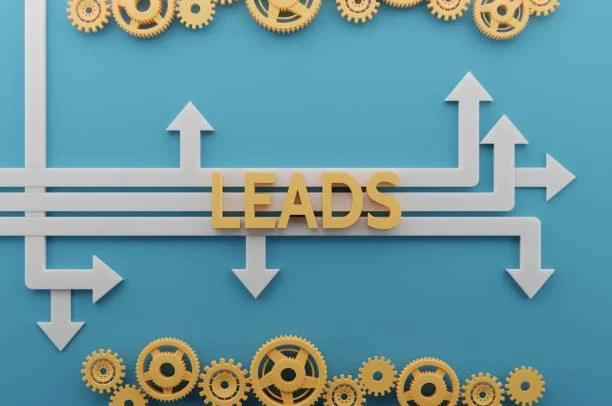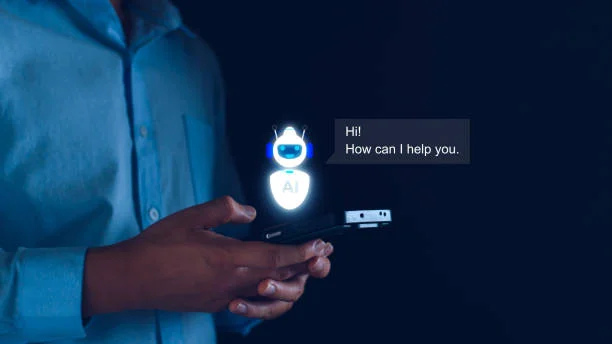CRM Automation Strategies to Enhance Customer Retention

In a highly competitive marketplace, customer retention is more valuable than ever. Studies show that increasing customer retention by just 5% can boost profits by 25% to 95%. To make that happen, smart businesses are turning to CRM automation, a game-changing solution that streamlines customer engagement, improves personalization, and builds long-term loyalty.
CRM Automation And Its Purpose
CRM (Customer Relationship Management) automation refers to using sales automation tools to streamline and manage customer interactions throughout the lifecycle, from initial engagement to post-sale support. This includes automating tasks such as:
- Follow-up emails
- Customer onboarding
- Loyalty program triggers
- Lead nurturing workflows
- Ticket routing and support updates
CRM automation frees your team from repetitive tasks and ensures every customer interaction is consistent, timely, and data-driven.
Why Customer Retention Matters More Than Ever

While acquiring new customers is important, keeping your existing ones is significantly more cost-effective. Loyal customers:
- Spend more time
- Refer others
- Are less price-sensitive
- Provide valuable feedback
📊 Bain & Company, repeat customers spend up to 67% more than new ones.
CRM automation allows you to proactively engage customers at key moments, strengthening relationships and reducing churn.
Top CRM Automation Strategies to Boost Customer Retention

1. Automate Personalized Email Campaigns
Use CRM tools to segment your audience based on behavior, purchase history, or engagement level. Then automate personalized drip campaigns to:
- Welcome new users
- Offer product recommendations
- Celebrate anniversaries or milestones
- Send re-engagement messages
Popular CRM platforms like HubSpot, ActiveCampaign, and Zoho CRM offer robust email marketing automation builders for this purpose.
2. Trigger Loyalty and Reward Programs Automatically
Set up automated workflows to:
- Enroll customers in loyalty programs
- Send points updates
- Notify them of available rewards
- Offer exclusive deals to high-value clients
These small, automated touches drive repeat purchases and improve satisfaction.
A Salesforce study found that 52% of consumers will switch brands if they don’t feel appreciated.
3. Automate Follow-Ups After Key Interactions
After a purchase, webinar, or service call, automated follow-up emails or surveys can:
- Reinforce brand trust
- Collect customer feedback
- Upsell or cross-sell related products
Use CRM automation to trigger actions based on post-sale communication, completed events in real-time.
4. Use AI-Powered Predictive Analytics to Prevent Churn
Modern CRM systems use machine learning to detect at-risk customers based on behavior patterns such as:
- Decreased engagement
- Negative survey feedback
- Missed renewals
Trigger re-engagement campaigns or flag accounts for manual outreach based on these insights.
5. Automate Customer Support Through CRM-Integrated Help Desks
Integrate your CRM with automated support, CRM helpdesk integration tools like Zendesk or Freshdesk to:
- Route tickets automatically
- Send instant replies via AI chatbots
- Track issue resolution times
- Identify frequent pain points
Fast and efficient support significantly increases customer satisfaction.
6. Build Smart Customer Journeys
CRM automation platforms allow businesses to create multi-step, conditional workflows that adapt to user behavior. For example:
- A user clicks on an abandoned cart email → gets a 10% discount offer the next day
- A customer submits a complaint → gets routed to a loyalty recovery flow
These adaptive journeys create a sense of attentiveness and personalization at scale.
7. AI-Powered Chatbots for 24/7 Engagement
Modern CRMs integrated with AI chatbots can:
- Instantly respond to customer queries
- Provide personalized product recommendations
- Resolve low-level issues without human intervention
These bots not only reduce support costs but also increase customer satisfaction through quick, accurate responses.
🤖 AI ensures round-the-clock engagement, eliminating wait times and improving the customer experience instantly.
8. Dynamic Lead Scoring with Machine Learning
AI-based CRM systems assign real-time scores to leads and existing customers based on:
- Purchase history
- Engagement patterns
- Social media behavior
By prioritizing high-value accounts and nurturing cold leads with targeted workflows, retention increases across the board.
📈 Dynamic scoring improves targeting, resulting in higher response rates and stronger customer relationships.
9. Intelligent Cross-Selling and Upselling Suggestions
Using predictive analytics, AI-driven CRMs analyze customer behavior to recommend:
- Complementary products (cross-sell)
- Upgraded services (upsell)
These suggestions can be automated through email campaigns or shown directly in the app interface, increasing average order value and customer lifetime value.
🛒 Amazon attributes over 35% of its revenue to AI-powered recommendations—your CRM can do the same.
10. Smart Alerts for Customer Inactivity
AI can identify when a customer is slipping away—whether it’s reduced logins, missed emails, or abandoned carts. CRM workflows can trigger:
- Win-back offers
- “We miss you” campaigns
- Personalized surveys
These retention efforts are timely, relevant, and proactive—thanks to AI’s pattern recognition.
11. Personalized Customer Journeys with AI Segmentation
AI analyzes complex user data to create micro-segments—groups of customers with similar behaviors, preferences, or pain points. CRM automation then delivers personalized journeys that feel one-on-one.
Examples include:
- Segments for frequent buyers vs. first-time users
- Product-specific engagement flows
- VIP loyalty experiences
✨ The more relevant the journey, the more likely customers are to stay engaged and loyal.
12. Voice and Sentiment Analysis for Feedback Loops
AI tools now integrate with CRM systems to analyze:
- Customer support call recordings
- Survey responses
- Social media mentions
The sentiment data can trigger workflows such as:
- Escalating complaints to managers
- Launching follow-up surveys
- Offering discounts to dissatisfied customers
🎧 Listening to customer tone and feedback—automatically—enables faster, smarter service recovery.
13. Predictive Churn Modeling
This AI-driven strategy helps you understand which customers are most likely to churn by analyzing:
- Login frequency
- Interaction rates
- Purchase drop-offs
- Support tickets
CRM can then initiate automated campaigns like:
- Exclusive retention offers
- Loyalty perks
- Check-in emails from account managers
🧠 Churn prediction empowers your business to act before it’s too late—saving revenue and relationships.
Best CRM Tools for Automation and Retention

Here are a few CRM platforms known for their marketing automation workflows capabilities:
| CRM Tool | Best For | Notable Features |
|---|---|---|
| HubSpot | All-in-one automation & marketing | Smart workflows, A/B testing, lead scoring |
| Zoho CRM | Customizable automation flows | AI-powered predictions, omnichannel tracking |
| Salesforce | Enterprise-level retention strategies | Einstein AI, real-time analytics |
| ActiveCampaign | Email and journey automation | Conditional logic, behavior-based campaigns |
| Freshsales | Sales + support automation | Built-in chatbots, CRM-to-helpdesk integration |
Measuring Retention Success Through CRM
Once automation is in place, track retention-related metrics directly within your CRM:
- Customer Lifetime Value (CLV)
- Repeat Purchase Rate
- Churn Rate
- Net Promoter Score (NPS)
- Engagement Heatmaps
These insights help you continuously optimize your CRM workflows and identify new retention opportunities.
Final Thoughts
CRM automation is more than just a time-saver—it’s a strategic approach to building long-lasting customer relationships. By automating personalized interactions, proactive support, and targeted rewards, businesses can dramatically increase retention and lifetime value. If you’re not leveraging CRM automation for retention, you’re leaving money and loyalty on the table.







